Higher death rates
Stark racial and ethnic disparities in healthcare and social justice in the U.S. have been revealed by COVID-19.Different studies show the fatality rates among black, Hispanic and other racial and ethnic minority groups have been much higher than among whites.
According to the APM Research Lab, mortality rates among black U.S. citizens are significantly higher than those for all other races and ethnic groups except for Indigenous people. For every 100,000 such citizens, some 256 Indigenous people, 180 black people and 147 Hispanics had died from the coronavirus, compared with 150 whites, as of March.
In addition to the health disparities exposed by the pandemic, it has led to greater financial hardship among black and Hispanic citizens, who were already more likely to have lower incomes long before COVID-19 emerged.
They have been hit the hardest because they often work in the service industry and their jobs cannot be done remotely. As the economy starts to recover, they are not returning to work at the same rate as white professionals.
As of last month, the unemployment rate was highest among black U.S. citizens, at 6.7 percent, compared with 3.7 percent among white workers. The shift to remote working has played a role. Those most able to work from home, with a lower exposure to the virus, are disproportionately well-educated, high-earning and white.
The richest individuals in the U.S. have become wealthier during the pandemic, while the poor have fallen further behind. The country's billionaires saw their collective fortune skyrocket by two-thirds from the start of the pandemic in March last year to August this year, according to a report from Americans for Tax Fairness and the Institute for Policy Studies Program on Inequality.
Tesla CEO Elon Musk's wealth has risen by $150 billion during the pandemic, a gain of more than 600 percent, according to the report.
Long-term unemployment has risen more sharply among jobless Asian American workers, even higher than among black unemployed workers. About 25 percent of Asian Americans work in industries hit hard by COVID-19-hospitality and leisure, retail, and other fields, such as hair and nail salons and personal services.
Donald Mar, emeritus professor of economics at San Francisco State University, said, "The increasing economic inequality is related to increasing discrimination, and the increasing income and wealth inequality in the U.S. over the past decades has contributed to greater discrimination."
Struggling with the worst rate of long-term joblessness, Asian Americans have faced rising racism and the most mental health distress during the pandemic.
Amid talk of the "China virus" or "kung flu" by Trump and Republican politicians, racism and violence against Asian Americans is cause for concern. Several videos this year, showing mostly elderly Asians being attacked or robbed in broad daylight, drew widespread attention.
From March last year to Sept 30 this year, 10,370 hate incidents against Asian Americans were reported to Stop AAPI Hate, a nonprofit organization tracking such cases.
One in five Asian Americans experienced a hate incident in the past year, which translates to an estimated 4.8 million Asian Americans nationwide, according to the organization's latest report.
Asian Americans are among the groups at greater risk of mental health challenges during COVID-19, and they have reported increased stress due to pandemic-related hate and harassment, according to U.S. Surgeon General Vivek Murthy's recent public health advisory.
Murthy, in his advisory, calls for nationwide action to address what he terms "a youth mental health crisis", a long-existing problem worsened by the pandemic. "The COVID-19 pandemic further altered their experiences at home, school and in the community, and the effect on their mental health has been devastating," he said.









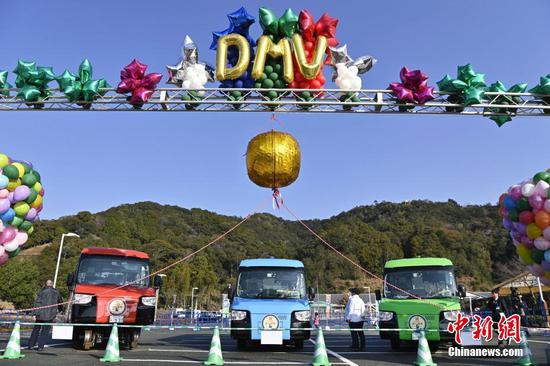


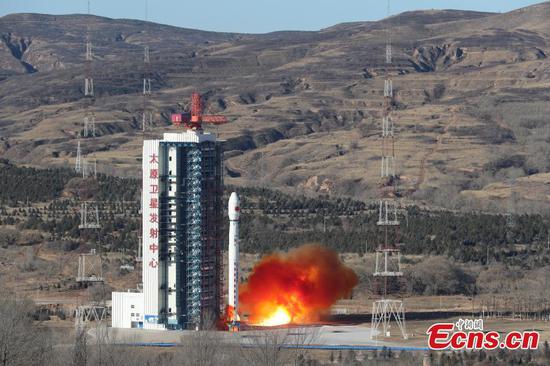
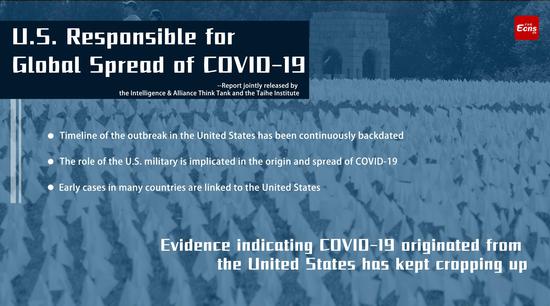
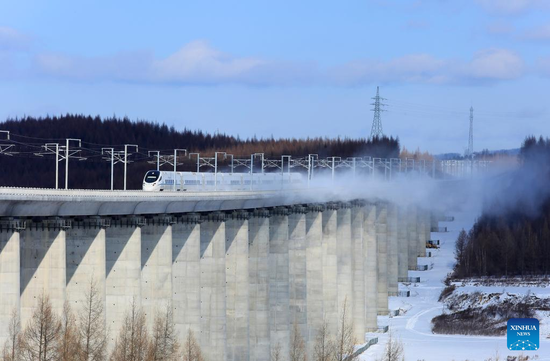
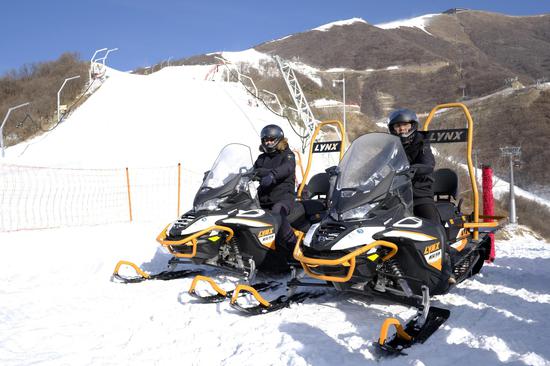


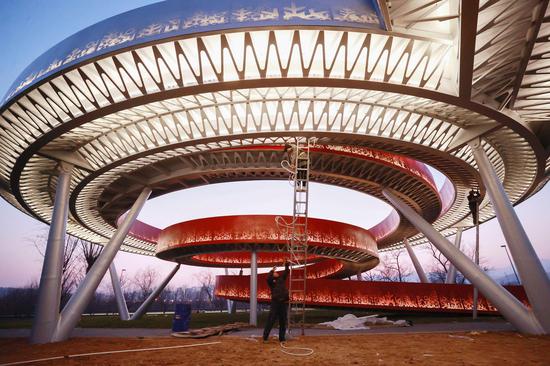
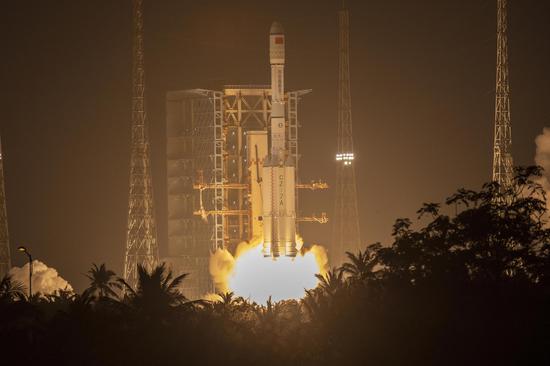

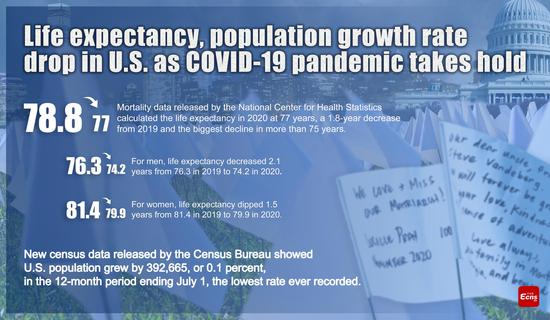



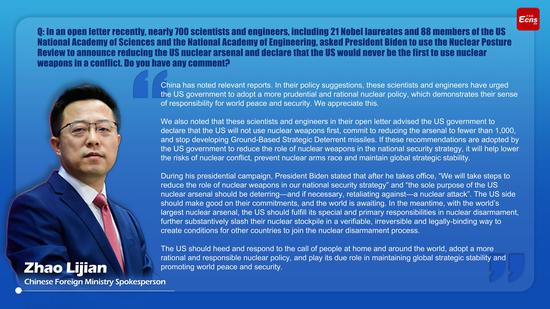
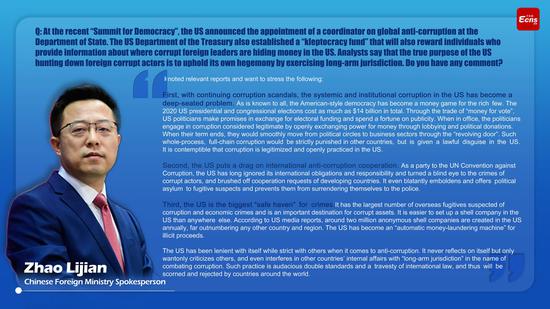

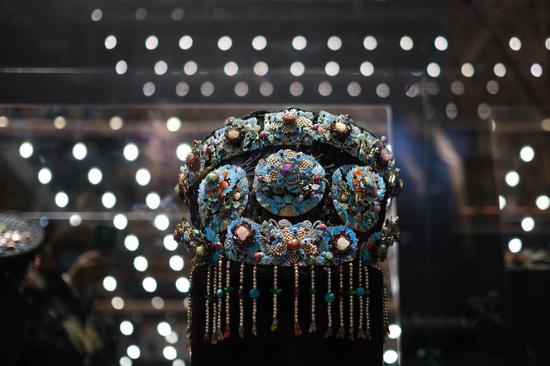
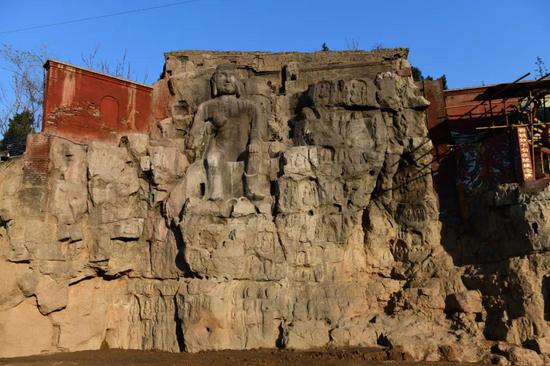
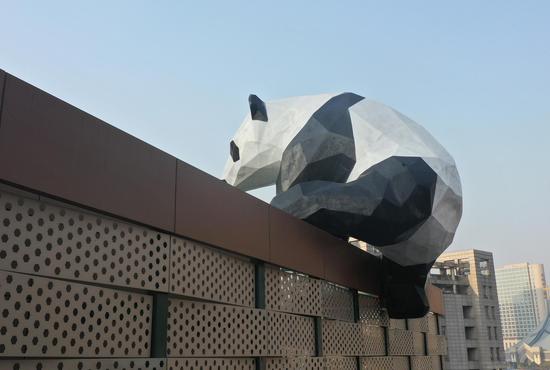
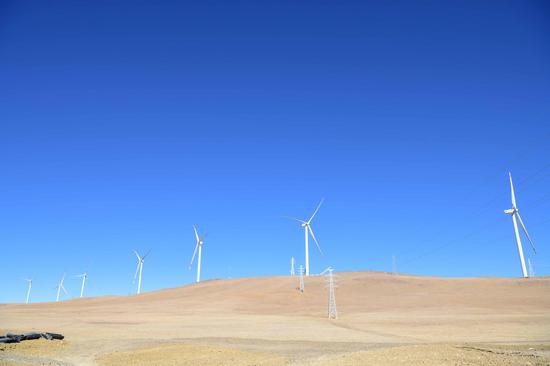
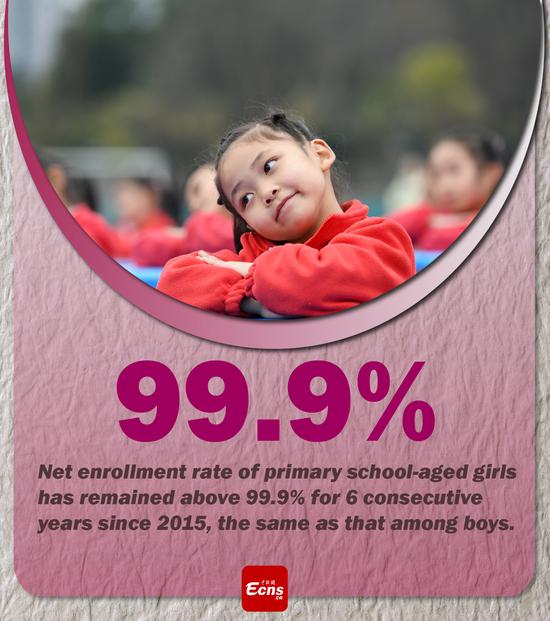

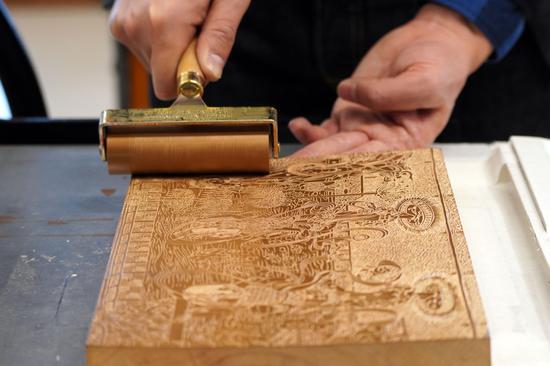
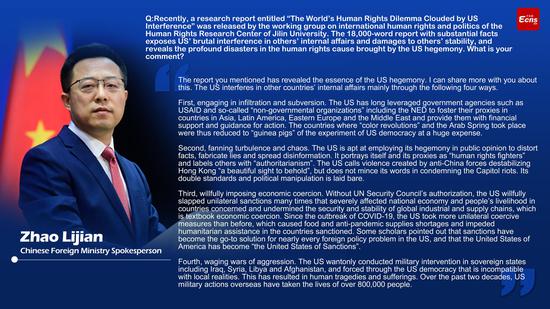
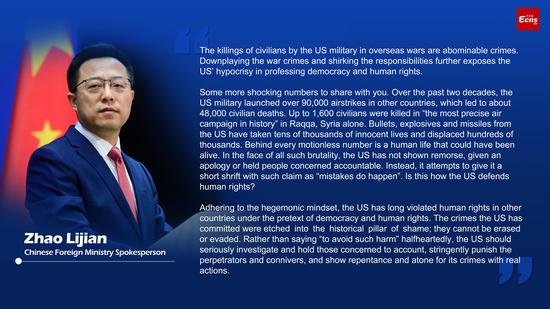

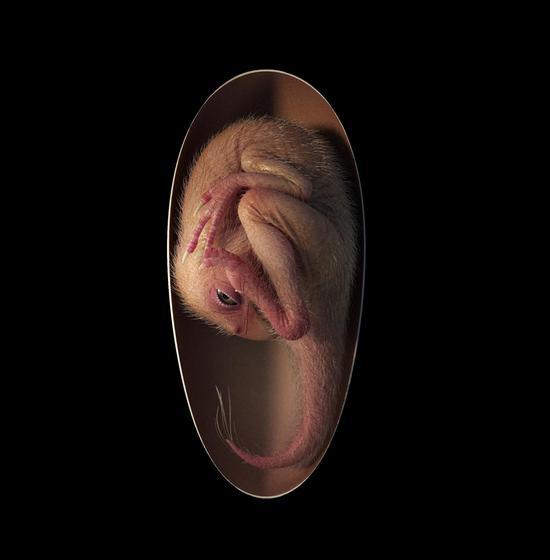
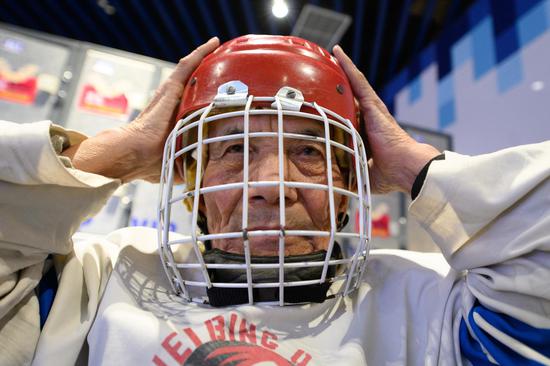
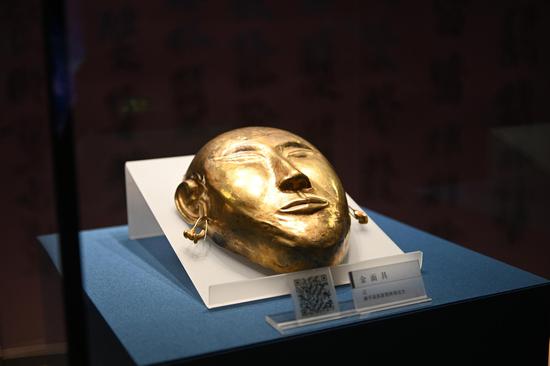



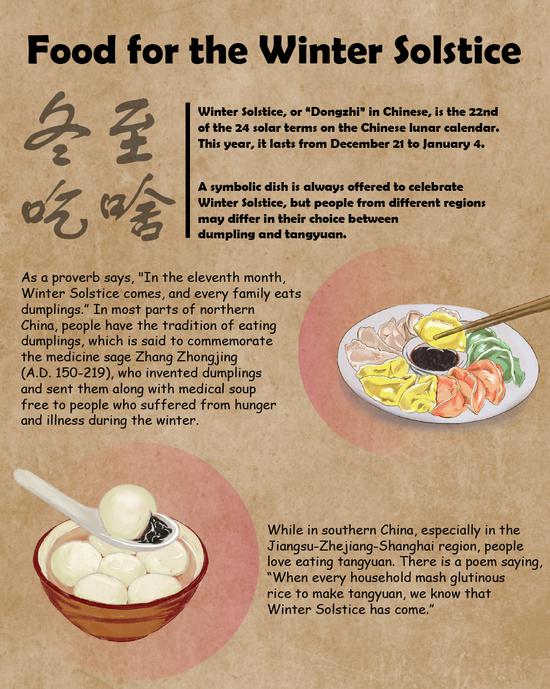





 京公网安备 11010202009201号
京公网安备 11010202009201号